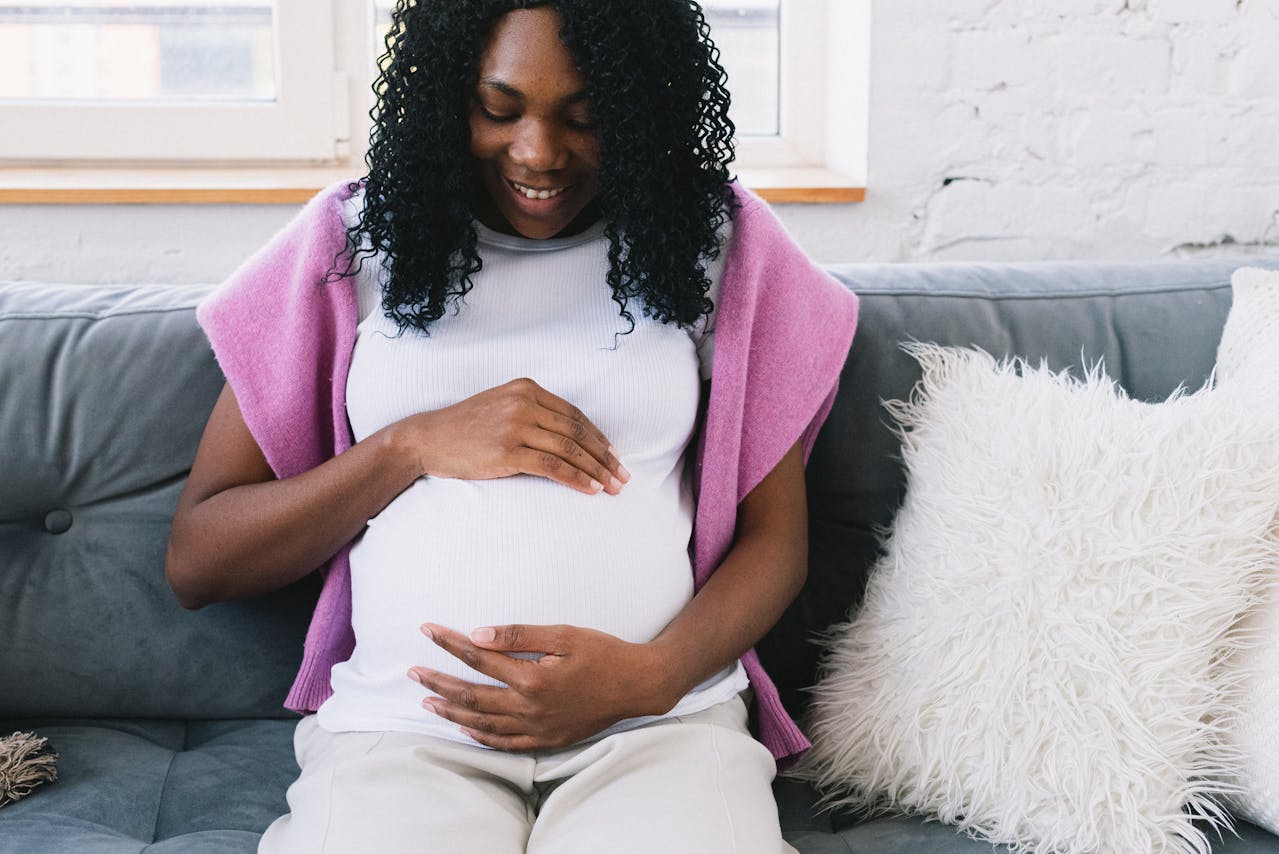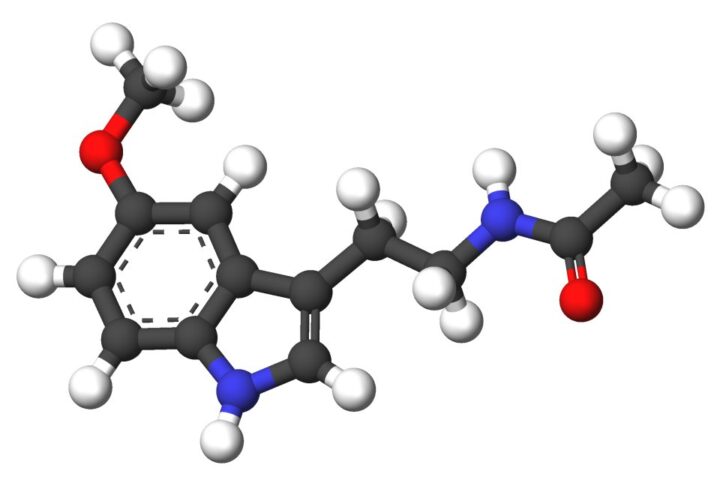Measuring a woman’s height before and after pregnancy might help catch a rare but serious bone condition, a new University of Edinburgh study shows.
Researchers found that height loss, combined with severe back pain during late pregnancy or while breastfeeding, strongly indicates pregnancy-associated osteoporosis (PAO). This condition weakens bones and can lead to spinal fractures.
“If a woman experiences height loss, back pain and severe pain at the end of pregnancy or during breastfeeding, the diagnosis of pregnancy-associated osteoporosis is virtually certain,” said Professor Stuart Ralston, who led the research. “This simple checklist will allow patients to be identified quickly so that further tests can be initiated and treatment started.”
The study compared 225 women with PAO to 174 women without the condition. The results revealed striking differences: Half of PAO patients lost height, compared to less than 1% of women without the condition About 90% of women with PAO had back pain, versus 44% of those without 84% of PAO patients suffered severe pain that disrupted daily activities, while only 2% of women without PAO experienced such intense pain
Most women who developed PAO had no previous bone-related health problems. However, having a family history of osteoporosis was more common in women who developed the condition.
PAO is rare, affecting approximately 5 in 100,000 women, but its impact can be severe. Diagnosis is often delayed because back pain gets dismissed as normal during pregnancy, leaving women to suffer with undetected spinal fractures for months.
The findings suggest doctors should measure height at the first prenatal visit and again in late pregnancy or after birth. A height loss of 1-2 centimeters, especially with severe back pain, should trigger bone scans and specialist referrals.
Similar Posts
Ruth Wakeman from the Royal Osteoporosis Society, which helped fund the study, called the research “landmark” and said it offers a practical way to identify women at risk.
“For too long, women have suffered in silence, dismissed as experiencing ‘normal pregnancy pain,'” Wakeman said. “This research is a powerful step toward changing that narrative and making a difference to maternal health.”
The approach is particularly valuable because it’s simple and inexpensive to implement during routine pregnancy visits. First-time mothers and those with a family history of osteoporosis should be especially vigilant about reporting severe back pain and any height loss to their healthcare providers.
Dr. Stephen Simpson, CEO of the Kennedy Trust for Rheumatology Research, which also supported the study, said: “We are delighted that our funding has supported this important research which will offer quicker and simpler diagnosis of patients with pregnancy-related osteoporosis.”
The study included experts from charity Pregnancy Associated Osteoporosis UK and NHS Lothian, indicating growing attention to maternal bone health. With this simple screening method, women experiencing PAO may receive faster diagnosis and treatment, potentially preventing long-term complications.



















